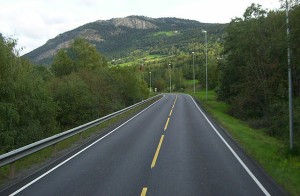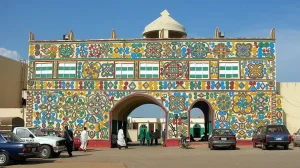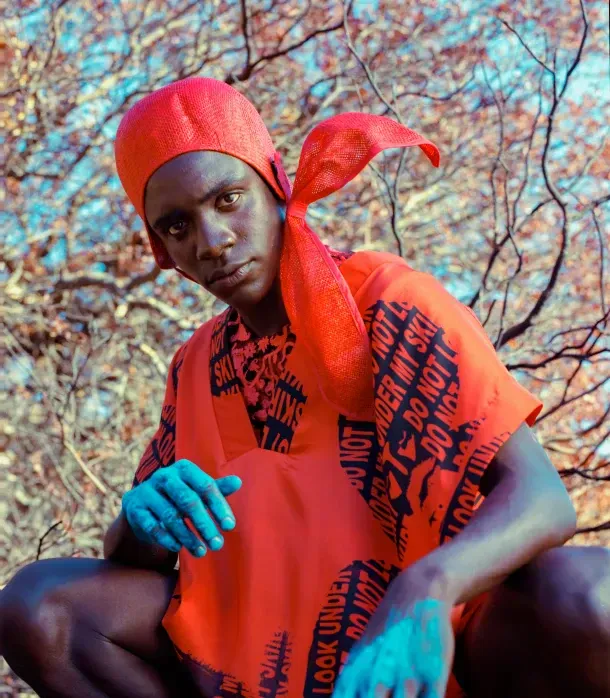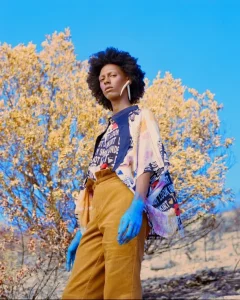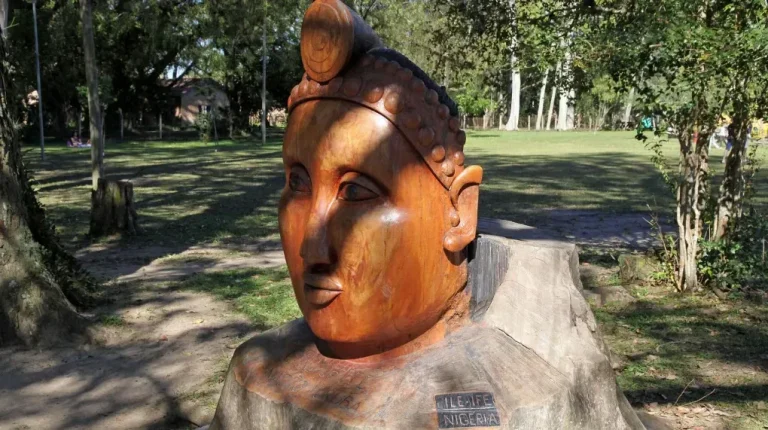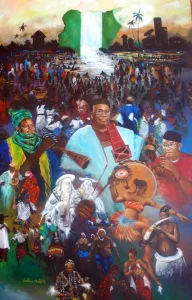4 mn read10 Driving Tips for New Drivers
TEN FOR TEENS: DRIVING TIPS FOR NEW DRIVERS
Congratulations on your new driver’s license! Your license is an exciting step toward independence and adulthood, but it’s also a big responsibility. Remember, what you do in the driver’s seat not only affects you but everyone else on the road, too.
We’ve put together some of the best tips for new drivers to help you stay safe and have fun on the road.
1. OBEY ALL TRAFFIC RULES
From road signs to right-of-way, there are rules drivers are required to understand and follow. Following the speed limit, leaving adequate space between you and the car in front of you, obeying traffic signals, and wearing your seatbelt are just a few of them. Learning and applying traffic rules will help you have a safe and relaxed time on the road — and it will help the other drivers around you be safe and relaxed, too. Plus, following traffic rules can help keep you away from traffic tickets, which are expensive and could raise your car insurance rates.
2. SLOW DOWN!
According to CDC.gov, “Teens are more likely than older drivers to speed and allow shorter headways (the distance from the front of one vehicle to the front of the next).” The higher your speed, the less time you have to stop your car, and the worse any impact and subsequent injuries will likely be. Braking distance increases exponentially at speeds over 45 MPH.
3. KEEP YOUR CAR IN GOOD RUNNING SHAPE
Taking care of your car can help you avoid breakdowns and other potential accidents. Car care includes regular oil changes and tune-ups, checking tire pressure (don’t forget the spare!), regular tire rotation, checking brake fluid and coolant levels, and filling up the gas tank before it hovers too close to “E.” For your car to take care of you, you need to take care of it. As a new driver, don’t add to the variables of being behind the wheel by letting your car maintenance slide.
4. WEAR YOUR SEAT BELT
Always. And make sure your passengers wear theirs, too. “Among teen drivers and passengers 16–19 years of age who died in car crashes in 2018, almost half were unrestrained at the time of the crash (when restraint use was known),” reports CDC.gov.
5. AVOID DISTRACTIONS
Distracted driving claimed 2,841 lives in 2018 alone, reports the National Highway Traffic Safety Administration. So keep your eyes on the road. That means no texting, no calling, no eating, no channel surfing on the radio, and no turning around to talk with friends in the backseat. Accidents can happen in a split second, but if you’re paying attention, you’ll have a better chance of avoiding one.
One of the best tips for new drivers is to take the time to set yourself up for your drive while you’re still in your driveway. Choose your music, set your GPS, put your phone on Do Not Disturb, and make sure any important communication is completed or paused before your drive.
6. ADJUST YOUR ACCESSORIES
No, not your bling. We’re talking about making sure your seat is in a comfortable spot and checking all mirrors to make sure they give you visibility of your car’s blind spots. How to check? A vehicle overtaking from behind you should start to appear in the side mirror just as it’s disappearing from the center rear view mirror. As a tip for new drivers, especially, do this before you start your drive, not when your vehicle is moving.
7. DON’T TAILGATE
Following too closely is a leading cause of rear-end accidents. Just remember the 3-second rule: Pick an object on the road ahead (like a sign, tree, or overpass), and when the vehicle in front of you passes the object slowly count “one-one thousand, two-one thousand, three-one thousand.” If you reach the object before completing the count, you’re following too closely.
Remember: if the car in front of you slams on their brakes and you rear-end them, it could mean a ticket for you, a lawsuit from the other driver, and an expensive bill from your insurer.
8. BE PREPARED
In case of accidents, breakdowns, or other emergencies, your car should always contain critical driving documents and an emergency kit with everything you’d need for an extended time in your vehicle. Ensure you have things like your vehicle registration, proof of insurance, and driver’s license handy. A good emergency kit also includes water, non-perishable snacks, an emergency blanket, flashlights, road hazard cones and possibly flares, jumper cables, essential tools, and a small amount of the oil and coolant your car requires.
9. WATCH THE WEATHER
Rain, wind, and snow can all make driving more difficult and dangerous. If it’s wet out, make sure your headlights are on, slow down, and increase your following distance. Braking takes longer when roads are slick — sometimes as much as ten times the braking distance as on a dry roadway. Most importantly, if the conditions are too treacherous, it’s better to stay off the roads until you’ve mastered the art of winter driving.
10. DON’T DRIVE UNDER THE INFLUENCE
Driving under the influence includes being under the influence of alcohol, drugs, or lack of sleep. Nobody should have to tell you how severe the consequences can be. Just don’t do it. Request a rideshare or call a friend or loved one to take you where you need to be.
Now get out there and drive! Practice makes perfect.







